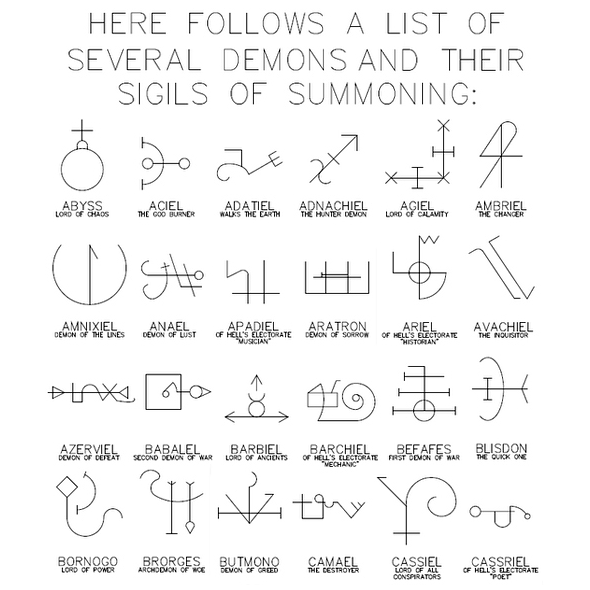Gabe Farrar + Siebren Versteeg at the Suburban Gallery
Tucked away in Michelle Grabner and Brad Killam’s suburban backyard in Oak Park, complete with trimmed hedges, a cooler of beer and plateful of brats, the Suburban opening for Gabe Farrar + Siebren Versteeg had the feel of a hip garden party. The quaint surroundings, conceived to subvert the typical gallery trappings, seemed only to underscore the gallery’s reputation as one the most prominent contemporary art spaces in Chicago. The Suburban was created as an alternative to what Grabner and Killam perceived as a dysfunctional Chicago art scene.
David Robbins, a prominent artist and writer, describes the garage gallery as providing an alternative for “an exodus of artistic talent annually set out for one of the coastal capitals.” “…The art world’s habit of identifying artistic experimentalism with urban income and lifestyle diversity is firmly entrenched; the avant-garde’s history is principally a history of marginal neighborhoods in large cities — and has been, ever since it emerged as a self-perpetuating cultural artifice at the latter part of the 19th century. After more than a century, though, the idea of clustering cool galleries in urban art ghettos is about as original as the cycle of gentrification it’s known to spark. It’s time to be looking at other, more enticing locales.”
The Suburban’s fall exhibition features Gabe Farrar and Siebren Versteeg, both members of Regina Rex, an artist-run exhibition space in Queens. Each artist occupies a tiny, 100-square-foot space, either in the converted garage or garden shed to show his work.
Versteeg’s gallery hosts a set of large abstract prints that explore brushstroke, transparency, color, line and fit easily in the paradigm of abstract painting. The deep washes of modulating color echo the moody palette of Turner with injections of bright, processed colors that contrast the dark atmosphere. What is shocking to learn about the large prints, is that they are created by a complex computer program written by Versteeg.
This digital program “paints” continuously and saves a rendering every hour. The artist then edits the digital products and authors a final print. Rather than setting up an opposition between man and machine, Versteeg and the machine work as partners to produce stunning results. His critique of technology emphasizes the machines ability for analog output and the artists ability to “see.” Versteeg’s work is refreshing to look at because it doesn’t sacrifice visual impact for conceptual integrity; rather the form and the process reinforce one anothers importance.
Farrar adopts a contrasting approach with his surreal, hand drawn, pen-and-ink illustrations. Each drawing, created with multicolored pen stokes, depicts a surreal figure that is composed of branches, pipes, flags, arrows and severed limbs. The composition of the drawings fits the cannon of an 18th century etching from Diderot’s Encyclopédie and offers the feeling of scientific authority. The play of order and chaos, violence and calm, illusion and reality make these drawings mysterious and intriguing. The hanging collection of five drawings create a strange cabinet of curiosities.
Versteeg, like many other Chicago-educated artists, made the move to Brooklyn, and has gone about creating a creative local community and showing work in New York. Versteeg’s story likely has many caveats, but it is worth wondering whether the third largest city in the world can sustain the careers of a SAIC and UIC alumni like Versteeg.
Likewise, it is worth considering if the Suburban actually provides an “alternative” art space in Chicago. The Suburban’s critique of the Chicago art scene obscures the fact that the tiny gallery spaces, the clique of backyard regulars and the fetishization of the suburbs, might be too precious to actually be subversive. Since the gallery is a personal project, and is not accountable to an institution, audience or population, the owners are accountable primarily to their own taste. The Suburban doesn’t attempt to engage Oak Park and its isolation from the community resembles the same privileged space art galleries maintain in under served urban areas. Is the Suburban the new frontier or just a precariously placed extension of the sanctioned art scene? Does it provide a critical context or is it a Midwestern weigh stations for artist ascending the ranks elsewhere? Does it duck the institutionalized art apparatus or do owners Grabner and Killam benefit from their proximity to their carefully curated network? It’s worth the trek out to Oak Park to find out, because whether the Suburban achieves its intellectual aspirations, it does succeed in showing damn good art.








